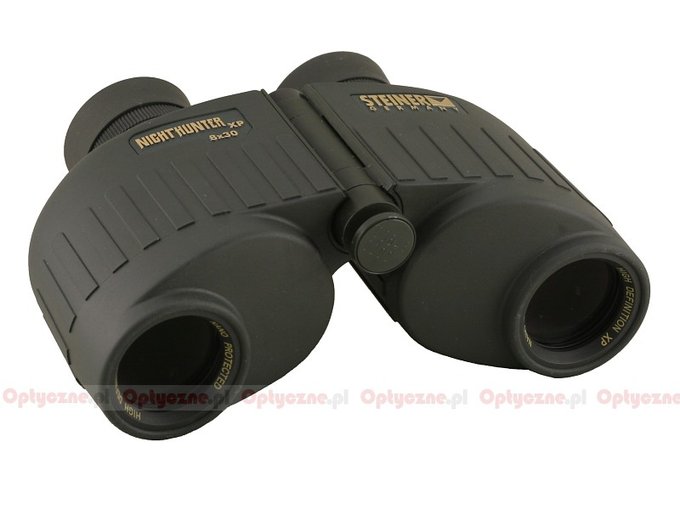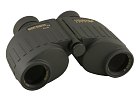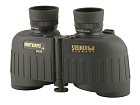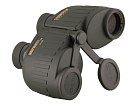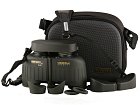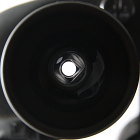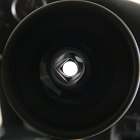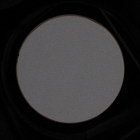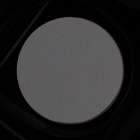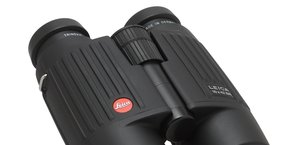Steiner Night Hunter 8x30 XP
Unfortunately and to our grief the roof prism trend has finally caught up with Steiner. The cheapest Safari binoculars have been swapped for roof-prism devices. Porro-prism Rangers have been replaced by roof-prism Rangers PRO. Roof prism instruments even stormed the high-end series so the Night Hunters XP, where instead of a prorro-prism 9x40 model we see roof-prism 8.5x44 and 10x44 models. Luckily for other parameters and objective sizes we still deal with the Porro system. We can choose between the following Night Hunter devices: 8x30, 7x50 and 8x56.
The Night Hunter XP series impresses with the build quality and standard accessories included. We get a product produced completely in Germany which is not only waterproof up to a depth of 5 meters but also nitrogen-filled (with a possibility of easy refill) and put in a very solid, rubber casing, oil-proof and acid-proof. The instrument withstands temperature variations between -40 C and +80 C.
When it comes to optics we deal here with a classic Porro construction without the ocular bridge but with individual focus system. All air-to-glass surfaces are covered by high quality antireflection coatings. Additionally the outer lenses feature hydrophobic coatings which prevent the dirt and humidity from sticking and make the cleaning of the lens easier.
The buyer, apart from a 30-year guarantee, gets also protective objective lens caps on solid straps, a rainguard, three types of eyecups (standard, short for spectacles wearers and profiled, to keep the unwanted sidelight out), a stylish hard case and a comfortable neoprene strap with the fast Clic-loc attachment system.
| Magnification | Lens diameter | Angular field of view | Prisms | Eye relief | Weight | Price |
|---|---|---|---|---|---|---|
| 8 | 30 | 130/1000(7.4o) | BaK-4/Porro | 20 mm | 528 g | 2241 PLN |
Summary
Pros:
- very solid and stylish casing, giving an impression of fully sealed and armoured,
- sensationally high transmission,
- perfect colour rendition,
- negligible astigmatism,
- very low coma,
- not significant brightness loss at the edge of the field,
- high class coatings and prisms,
- very good blackening inside inner tubes,
- rich standard accessory kit,
- long warranty period.
Cons:
- light area near exit pupils,
- sharp image already from 3.8 metres,
- in a Porro construction of this class the image quality at the very edge of the field should have been better and the field itself- a bit wider.
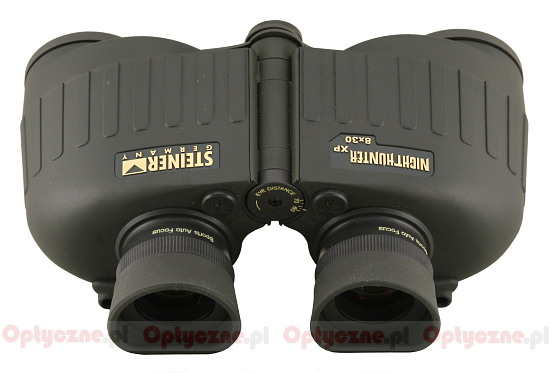 |
It’s worth starting the test review with the transmission graph. You should take a good look at it because you won’t see a nicer graph for any 8x32 class binoculars – even when it comes to such aces as Leica, Swarovski or Zeiss. Splendid coatings and Porro system prisms really show their true calibre.
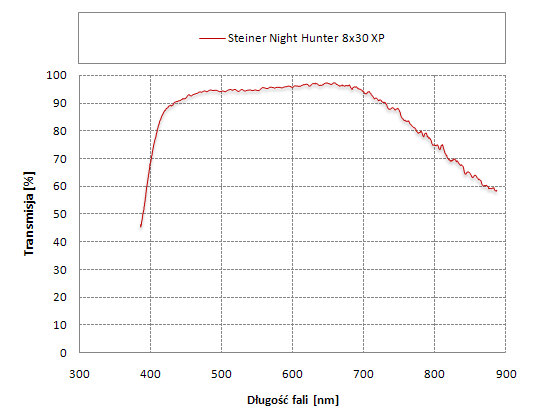 |
Not only the transmission reaches a very high maximum level of 97% but also we get a beautiful flat and high function graph, stretching across very wide range of wavelength from less than 450 to as much as 730 nm. Small wonder the binoculars provide nice and light images with perfect colour fidelity. A standing ovation!
The correction of such off-axis aberrations as coma and astigmatism is the proof that both the optics and the casing are very solidly-made. In this category the Steiner is beyond reproach.
There are some disadvantages, though. The field of view amounting to 7.4 degrees doesn’t impress us at all. Old Porro constructions of the 8x30 class could give you fields of view in the range of 8.5-8.8 degrees. Contemporary brand name competitors feature fields ranging from 7.8 to 8.0 degrees. The Steiner lags behind them even more because the edge of the field is far from sharp and shows distinct chromatic aberration and distortion. It shouldn’t have happened in a set of binoculars of this class – here we should simply expect a field of view at the level of 8 degrees and sharp to almost the very end.
The high quality of workmanship is an important and worth emphasizing feature of the Steiner. Even though we try to mark such things during our tests, our scores are not always absolutely reliable. A pair of binoculars is usually at our disposal for about one-two months and during that time it is difficult to assess how it would look after 2-3 years of intensive wear and tear. The Steiner, tested here, is an exception to that rule because the specimen is owned by one of the testers. This set of binoculars has been used for a year and a half and it has survived a safari in Kenya during which it had to withstand rains and tiny dust of savannah; many times it visited sandy beaches of the Baltic Sea and then it has scored a significant number of strolls in the woods. It looks practically the same as a new instrument straight from the box. Such a fact speaks for itself.
Turbulences in the currency markets are responsible for the fact that currently we must pay over 2200 PLN for the Night Hunter in Poland. When I bought it, the price tag was 1600 PLN. The difference is quite significant and now I would be definitely more hesitant whether or not to spend such a huge amount of money on it. Mechanically this equipment is simply flawless (providing that we like individual focusing); optically it could have been better. After all it is a Porro device and, costing about 2000 PLN, it should be able to compete easily with roof-prism instruments twice or even thrice that expensive. Unfortunately it yields to those the best a bit.




